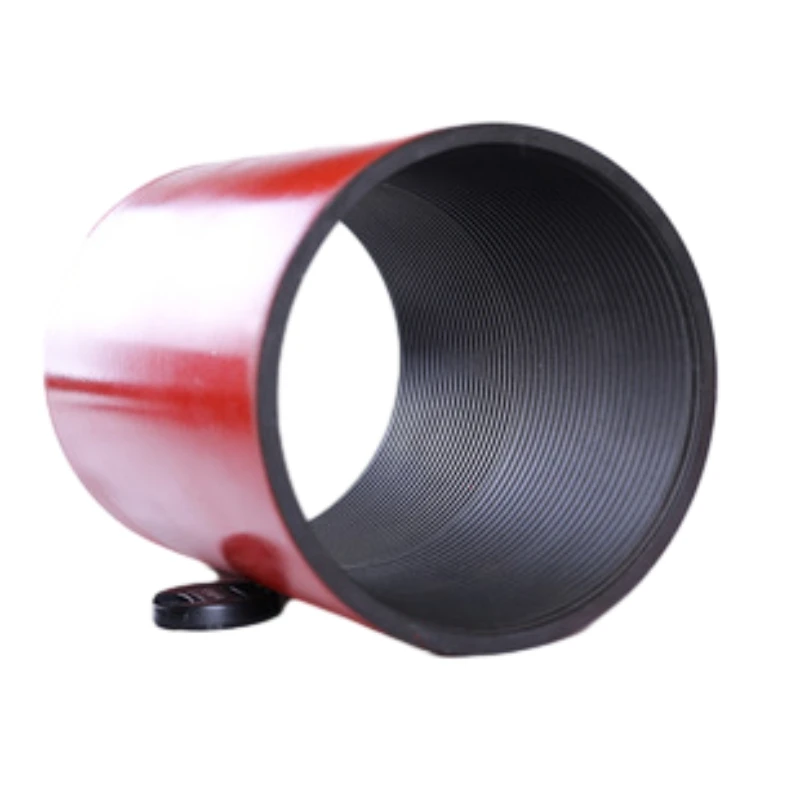- Afrikaans
- Albanian
- Amharic
- Arabic
- Armenian
- Azerbaijani
- Basque
- Belarusian
- Bengali
- Bosnian
- Bulgarian
- Catalan
- Cebuano
- Corsican
- Croatian
- Czech
- Danish
- Dutch
- English
- Esperanto
- Estonian
- Finnish
- French
- Frisian
- Galician
- Georgian
- German
- Greek
- Gujarati
- Haitian Creole
- hausa
- hawaiian
- Hebrew
- Hindi
- Miao
- Hungarian
- Icelandic
- igbo
- Indonesian
- irish
- Italian
- Japanese
- Javanese
- Kannada
- kazakh
- Khmer
- Rwandese
- Korean
- Kurdish
- Kyrgyz
- Lao
- Latin
- Latvian
- Lithuanian
- Luxembourgish
- Macedonian
- Malgashi
- Malay
- Malayalam
- Maltese
- Maori
- Marathi
- Mongolian
- Myanmar
- Nepali
- Norwegian
- Norwegian
- Occitan
- Pashto
- Persian
- Polish
- Portuguese
- Punjabi
- Romanian
- Russian
- Samoan
- Scottish Gaelic
- Serbian
- Sesotho
- Shona
- Sindhi
- Sinhala
- Slovak
- Slovenian
- Somali
- Spanish
- Sundanese
- Swahili
- Swedish
- Tagalog
- Tajik
- Tamil
- Tatar
- Telugu
- Thai
- Turkish
- Turkmen
- Ukrainian
- Urdu
- Uighur
- Uzbek
- Vietnamese
- Welsh
- Bantu
- Yiddish
- Yoruba
- Zulu
Bull Plugs - Premium Quality Bull Noses for Every Application
Understanding Bull Plugs A Comprehensive Guide
Bull plugs are often found in various contexts ranging from art installations to utility applications, and they serve a unique purpose in both aesthetics and functionality. This article aims to explore the significance, application, and types of bull plugs, offering readers a comprehensive understanding of this versatile component.
What Are Bull Plugs?
Bull plugs, in simple terms, are connectors or fixtures that are used to seal or close off the ends of pipes, tubes, or openings. They can be made from a variety of materials, including rubber, plastic, metal, or silicone, depending on the specific requirements of the application. The term bull plug is often used interchangeably with other types of plugs such as cap plugs or end caps, but the name carries its distinctive features tailored for heavy-duty applications.
Applications of Bull Plugs
1. Industrial Use Bull plugs are widely used in the industrial sector for sealing pipes and ensuring they are leak-proof. This is critical in industries such as oil and gas, petrochemicals, and water treatment, where the integrity of the piping system is vital for safety and efficiency.
2. Construction and Engineering In construction sites, bull plugs can be employed to keep debris out of open pipes during the building process. This helps to prevent contamination and ensures that the pipes are clean when it’s time for installation.
3. Automotive Industry Bull plugs can be found in various applications within vehicles. For example, they are used in exhaust systems to seal off openings and ensure proper airflow and gas management, contributing to vehicle performance.
4. Art Installations Surprisingly, bull plugs also have a niche market in creative domains, including art installations and sculptures. Artists may use them as part of their artwork to create unique shapes or to serve as functional components in larger projects.
bull plugs

Types of Bull Plugs
Bull plugs come in various designs and configurations to suit different needs. Some common types include
- Threaded Bull Plugs Designed with threading, these plugs provide a secure fit when screwed into place. They are commonly used in plumbing and industrial applications.
- Flanged Bull Plugs These have a flange that allows for a stable connection point. They are often used in high-pressure environments.
- Cap Bull Plugs These are shaped like a cap and fit snugly over the end of a pipe, providing an easy way to seal the opening while allowing for quick removal when needed.
- Retractable Bull Plugs Some designs allow for adjustment or retraction, making them ideal for situations where frequent access is necessary.
Conclusion
Understanding bull plugs is crucial for anyone involved in industries or activities that rely on sealing mechanisms. These simple yet effective components play a vital role in enhancing the efficiency and safety of systems, from industrial pipelines to artistic creations. With their various types and applications, bull plugs continue to bridge the gap between functionality and design. Whether in a workshop or an art studio, their versatility ensures they remain an essential part of many projects.
-
Tubing Pup Joints: Essential Components for Oil and Gas OperationsNewsJul.10,2025
-
Pup Joints: Essential Components for Reliable Drilling OperationsNewsJul.10,2025
-
Pipe Couplings: Connecting Your World EfficientlyNewsJul.10,2025
-
Mastering Oilfield Operations with Quality Tubing and CasingNewsJul.10,2025
-
High-Quality Casing Couplings for Every NeedNewsJul.10,2025
-
Boost Your Drilling Efficiency with Premium Crossover Tools & Seating NipplesNewsJul.10,2025







